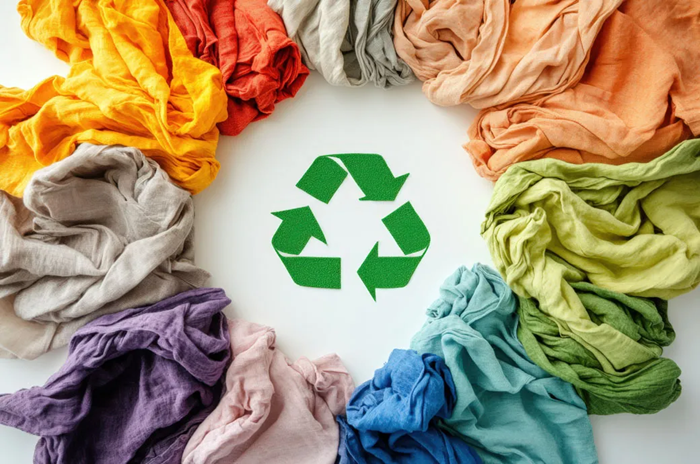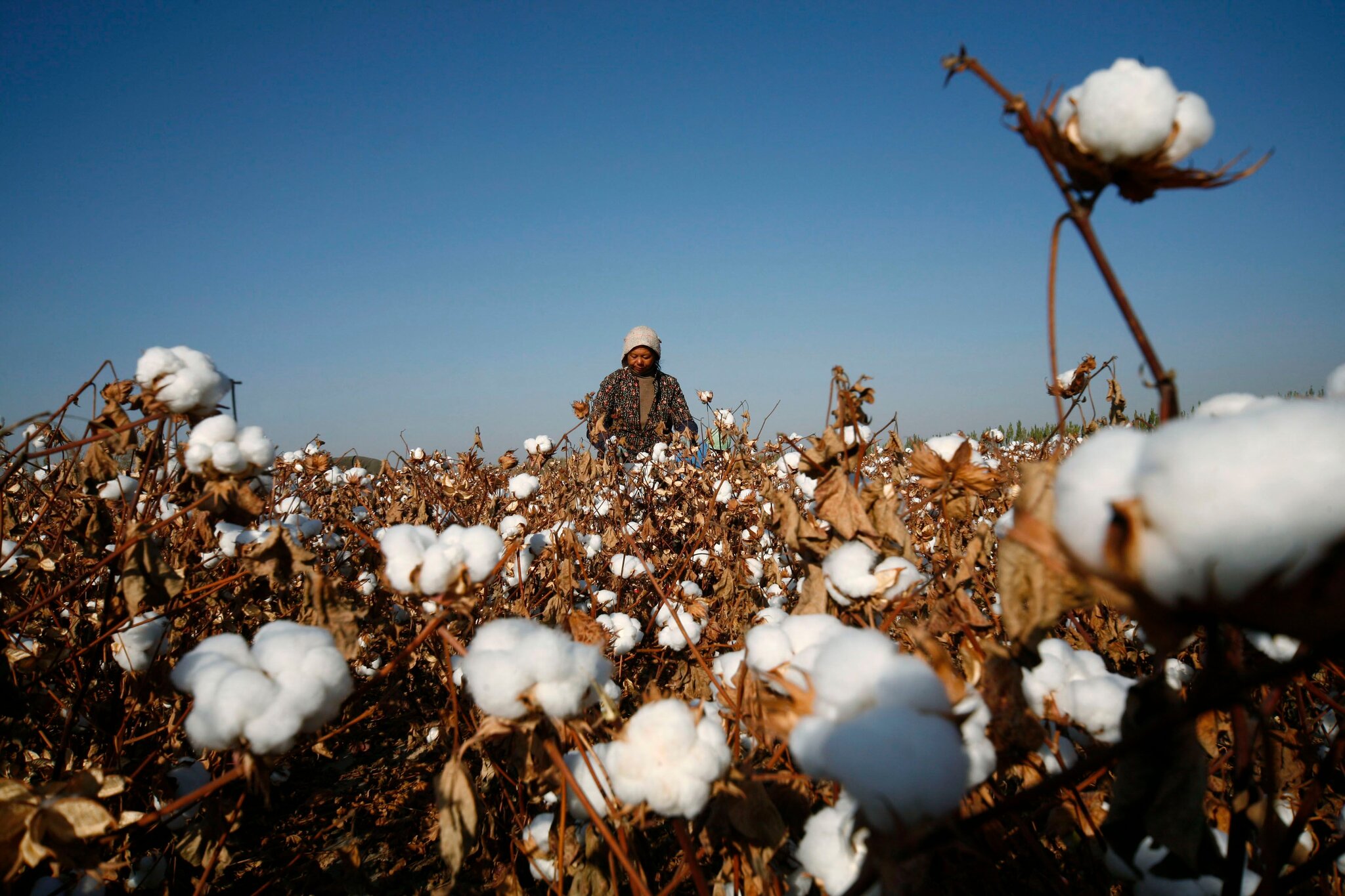
The once-booming European textile recycling industry is facing an unprecedented crisis, with far-reaching implications for the global fashion landscape and the environment. For years, Europe led the way in textile recycling, diverting millions of tons of used clothing from landfills and incinerators. However, recent global disruptions have severely impacted the sector, pushing it to the brink of collapse.
What went wrong?
Several factors contributed to this perfect storm for the industry.
The war in Ukraine
The conflict in Ukraine has disrupted supply chains and significantly reduced demand for used clothing in Eastern Europe, a key export market for European recyclers. This instability has compounded logistical challenges and created economic uncertainty.
Logistical challenges in Africa
African nations, once major importers of used clothing from Europe, are grappling with logistical barriers and economic downturns. These issues have led to declining demand, further squeezing the European recycling sector.
The rise of ultra-fast fashion
The increasing popularity of ultra-fast fashion has flooded the market with cheap, disposable clothing. This oversupply of low-quality garments has made recycling more challenging as such textiles are often unsuitable for reuse or upcycling.
The numbers tell the story
The decline in textile exports paints a stark picture.
Table: EU used textiles exports
|
Year |
EU used textile exports (tons) |
|
2022 |
464,993 |
|
2023 |
430,185 |
Source: EuRIC Textiles
This sharp decline, coupled with rising operational costs, has severely impacted profit margins for recycling companies. “The current crisis is unprecedented and threatens to undo years of progress in textile recycling,” says Mariska Boer, President of EuRIC Textiles. “We need urgent action to prevent a complete collapse of the sector.”
For example, Germany, one of Europe’s leading exporters of used textiles, has seen a marked drop in exports to key markets like Ghana.
|
Year |
German used textile exports to Ghana (tons) |
|
2020 |
7911.2 |
|
2023 |
4532.9 |
Source: German Federal Statistical Office
The decline underscores the challenges recyclers face in identifying viable export destinations.
The ongoing crisis has triggered a cascade of adverse effects. With declining demand and rising costs, many recycling facilities are overwhelmed by the influx of used textiles, leading to overflowing warehouses and logistical bottlenecks. As storage capacity reaches its limit, unsold textiles are increasingly at risk of incineration. This process releases harmful pollutants, further exacerbating environmental concerns. The crisis threatens to derail Europe’s efforts to reduce textile waste and promote a circular economy. Failure to address this issue could have long-lasting environmental repercussions.
What can be done?
Industry experts and policymakers are advocating for immediate interventions to mitigate the crisis. Proposed solutions include:
Lowering VAT on recycled textiles: Reducing value-added tax on recycled textiles could improve their competitiveness against virgin materials, encouraging more widespread adoption.
Taxing petroleum-based materials: Introducing taxes on petroleum-based textiles could disincentivize the production of non-recyclable clothing, while promoting the use of sustainable alternatives.
Investing in recycling technologies: Greater funding for innovative recycling technologies can unlock new possibilities for creating high-value products from textile waste while addressing the oversupply of low-quality garments, say experts. As Emily Macintosh, a sustainable fashion advocate puts it, “Consumers have a crucial role to play in reducing textile waste. By choosing durable, high-quality clothing and supporting brands that prioritize recycling, we can all contribute to a more sustainable future.”












